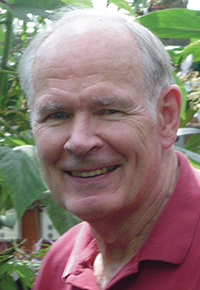UW’s newest research facility honors a genetics genius


Benjamin Hall
The University will salute UW Genome Sciences and Biology Professor Benjamin Hall Oct. 17 when it dedicates its newest research facility in his honor.
The Benjamin Hall Interdisciplinary Research Building, located on the southwest corner of the campus near Portage Bay, provides space for nanotechnology, photonics, genome technology and other disciplines.
Hall is a legend in the field of genetics. His early 1980s discoveries allow scientists to turn yeast cells into miniature biochemical factories. This groundbreaking achievement was done in collaboration with then-graduate student Gustav Ammerer, who is now at the University of Vienna. Its most famous use is in the manufacturing of hepatitis B vaccine. Since the FDA approved the vaccine in 1986, new infections in the U.S. have dropped from about 250,000 per year to about 60,000. Millions of lives around the world have been saved through the prevention of new infections.
Pharmaceutical companies are also using these discoveries to manufacture a new vaccine for human papilloma virus and insulin. Because of the royalties, Hall no longer has to write grant applications for research funding.
“If you can imagine how glorious that feeling is!” Hall said in a 2006 interview. His current field of research is the genetics and evolutionary history of rhododendrons. For his achievements, he was named the first UW Inventor of the Year in 2004. Building photo by Andy Casillas. Benjamin Hall photo courtesy of the Department of Genome Sciences.